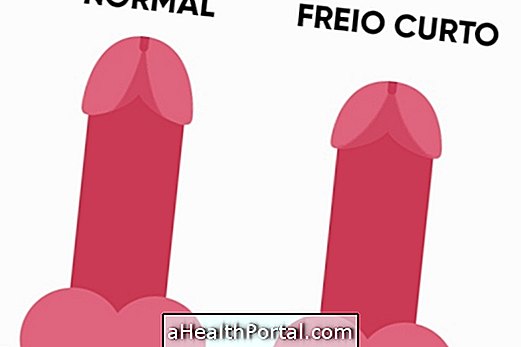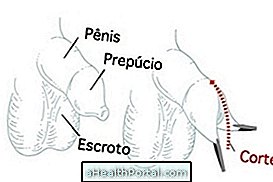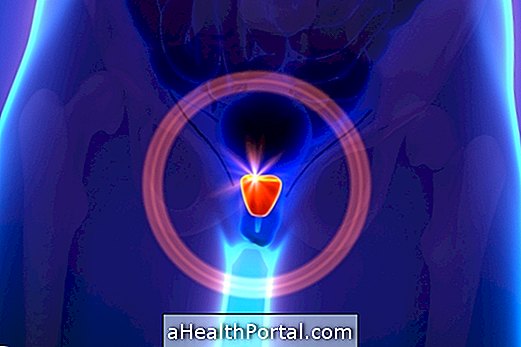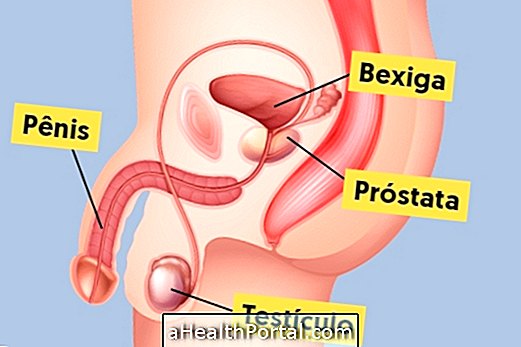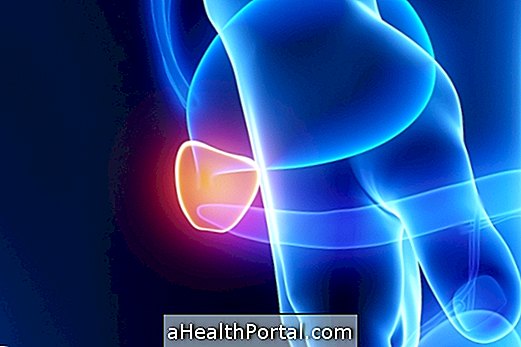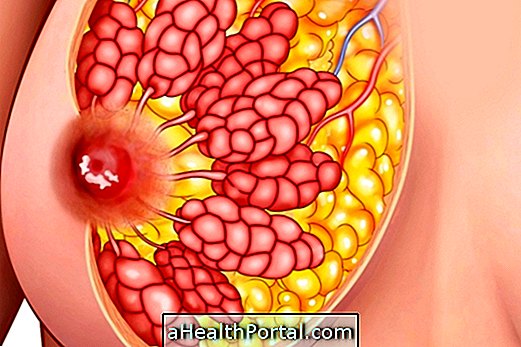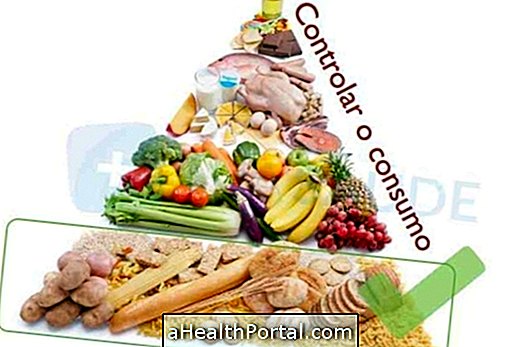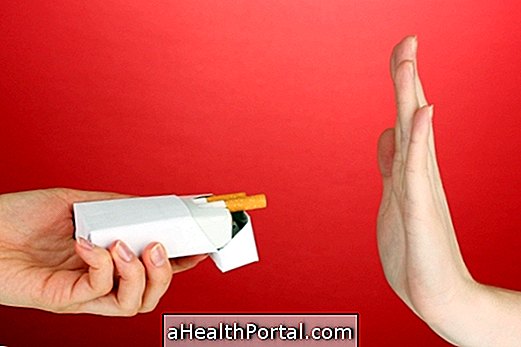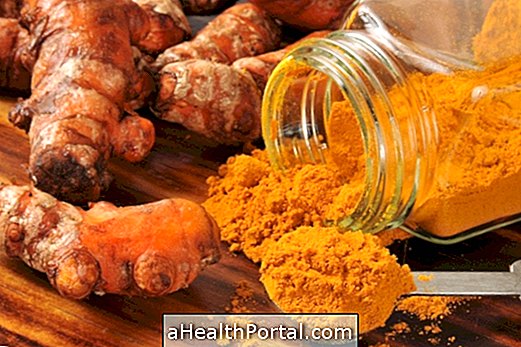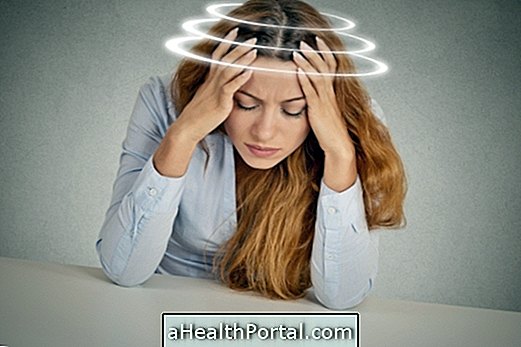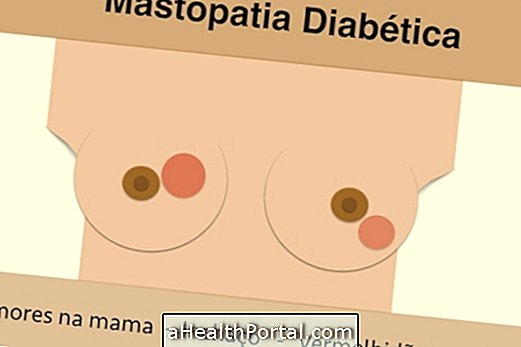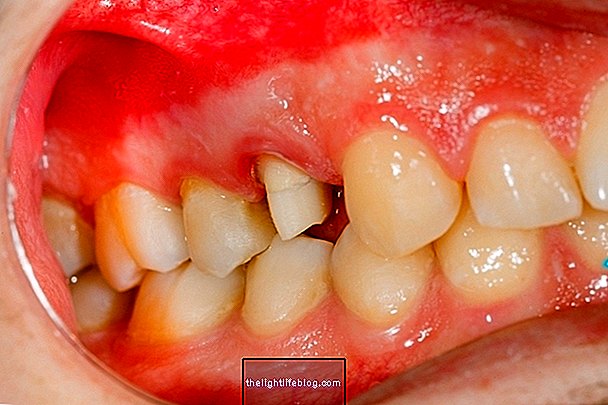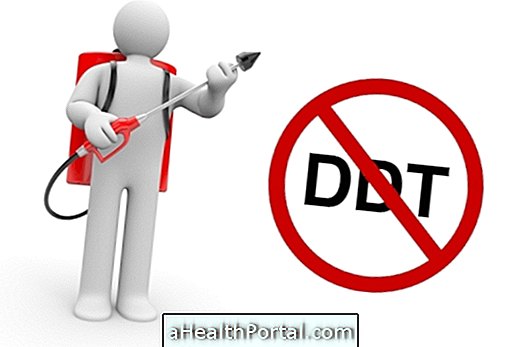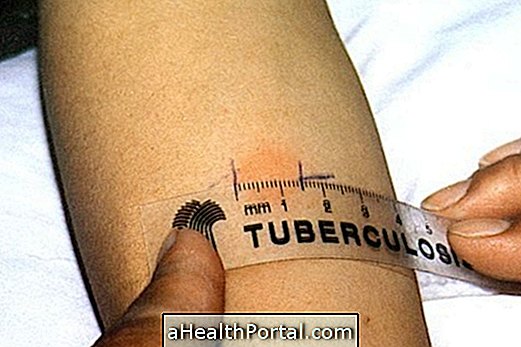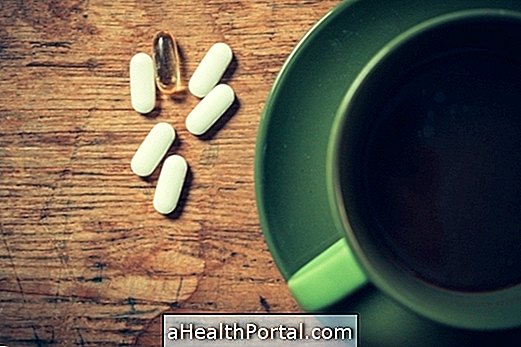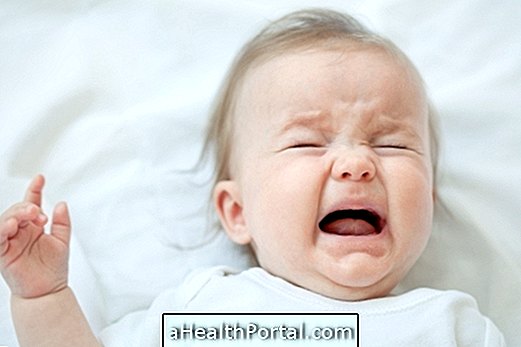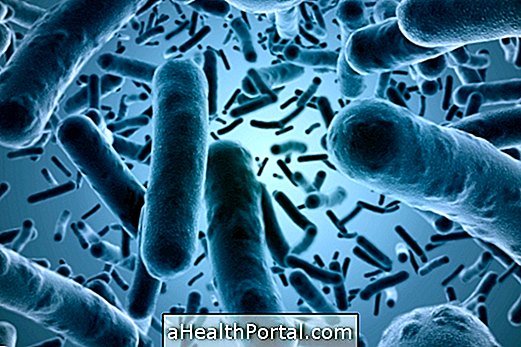Pain in the testicles is a symptom that can affect men of all ages and can be classified as acute or chronic. Acute pain is one that comes on quickly and lasts for a few hours or days, usually caused by a bump on the testicles.
Chronic pain, however, is slowly developing and continues for several weeks or months, and may be a sign of more serious problems such as inguinal hernia, varicocele or prostatitis, for example.
In rare cases, this type of pain may also indicate the presence of testicular cancer, although it is more common for cancer to develop other changes first such as a hard lump or difficulty urinating. Learn more about how to identify testicular cancer.

7 Major Causes of Testis Pain
The most common causes of testicular pain include:
1. Varicocele
Varicocele is a dilation of the veins of the testicle that most often occurs in the left testicle but can also affect only the right or both. This change causes constant discomfort, swelling of the testicles, and feeling hot, especially after walking or doing some physical activity. Understand more about varicocele.
- How to treat : In most cases, pain caused by varicocele is treated with analgesic medicines like Paracetamol or Dipirone. However, if there is a risk of infertility, or if the pain does not improve with the use of medicine, a minor surgery may be needed to close the affected vein and cause blood to flow through the healthy vessels.
Inguinal hernia
Inguinal hernia is very common in children and young adults, occurring when a portion of the intestine can pass through a weakened site of the abdominal muscles, entering the scrotum and causing swelling and constant pain, which can aggravate when lifting, bending or lifting weights, for example.
- How to treat : The only form of treatment available is to perform surgery for inguinal hernia that allows you to reposition the portion of the intestine in the correct place and strengthen the abdominal muscles. Learn more about how treatment is done.
3. Epididemite
Inflammation of the epididymis, also known as epididymitis, is usually caused by a bacterial infection transmitted during intimate anal contact that causes symptoms such as severe pain, swelling of the testicle, and fever with chills.
- How to treat : It is necessary to consult the urologist to start using antibiotics, usually 1 injection of ceftriaxone followed by 10 days with oral antibiotic doxycycline.

4. Torsion of the testicle
Torsion of the testicle is usually an emergency situation that is more common before the age of 25 and causes a very intense pain, however, there are cases in which this twist does not happen completely and, therefore, the man may present only a discomfort constant or intense pain that comes and goes according to the movements. See the other common twisting symptoms.
- How to treat : If there is suspicion of twisting of the testicle, it is important to go to the emergency room quickly to confirm the diagnosis and perform the surgery to return the testicle to the correct place, avoiding complications such as infertility.
5. Prostatitis
Inflammation of the prostate, known as prostatitis, usually causes symptoms such as painful urination, fever, back pain, and a feeling of emptying of the bladder. However, it is also common to feel pain in the testicles, which worsens when feeling the region.
- How to treat : A good way to relieve pain is to sit in warm water for 15 minutes and practice kegel exercises; however, it is almost always necessary to take antibiotics prescribed by the urologist, such as ciprofloxacin or levofloxacin.
6. Lightning
Although the mumps normally affect the parotid glands, which are found on the side of the face, the virus that causes the disease can also move up to the testicles, causing inflammation. In this way, pain may occur in the testes after a mumps situation, due to the migration of the virus.
- How to treat : Anti-inflammatory and analgesic medicines, such as Ibuprofen or Paracetamol, are usually used to relieve the symptoms. But it is also necessary to rest and drink plenty of water during the day to help the body eliminate the virus. Learn more about why mumps can go down to the testicles and what to do.
7. Testicular cancer
Testicular cancer rarely causes pain, however, in more advanced cases the pain may arise. However, in these cases it is also frequent that other symptoms first appear that indicate that something is affecting the region, such as intense swelling, changes in the size of the testicles and lumps, for example. Check out what signs may indicate cancer.
- How to treat : Whenever there is suspicion of cancer it is very important to consult a urologist as soon as possible, since early diagnosis improves the chances of cure. However, in almost all cases it is necessary to remove the affected testicle.
